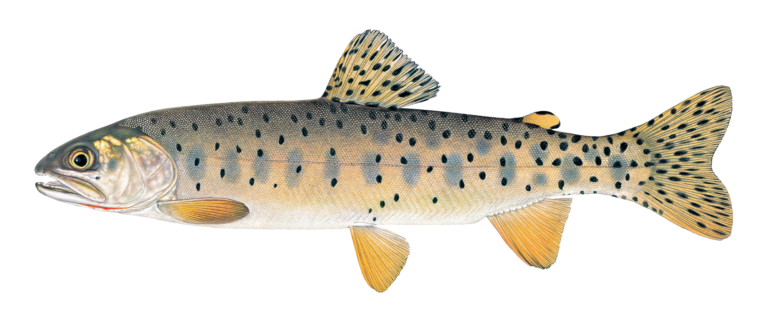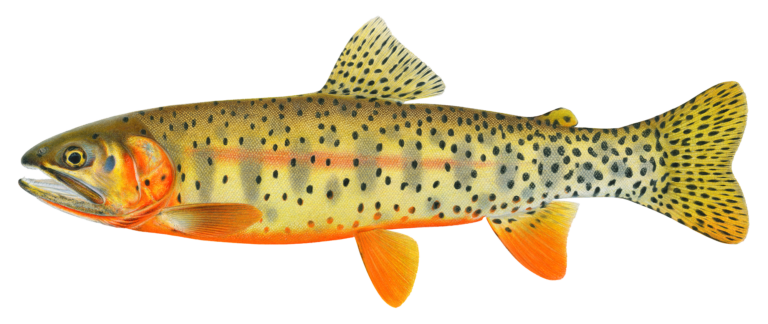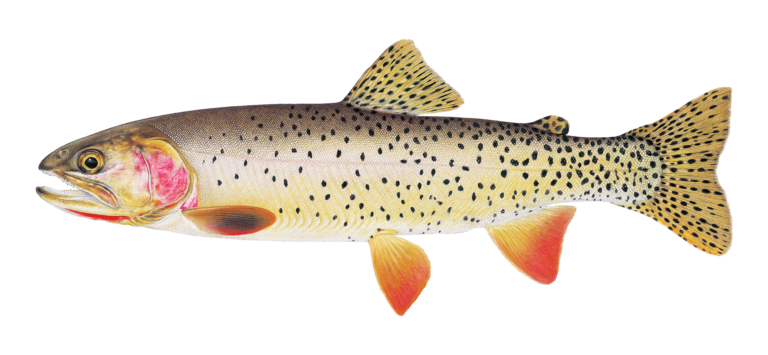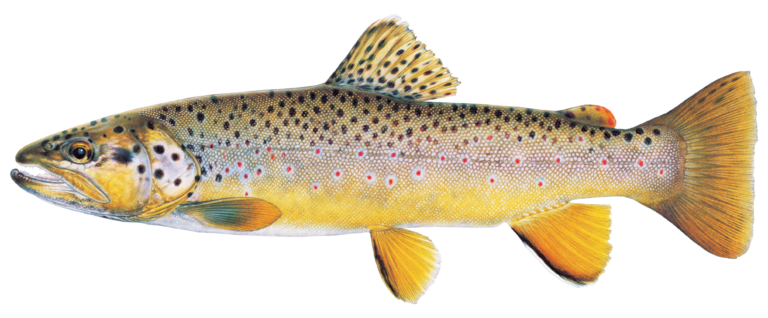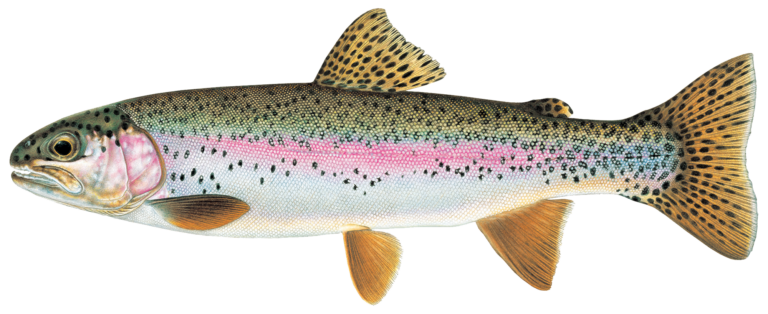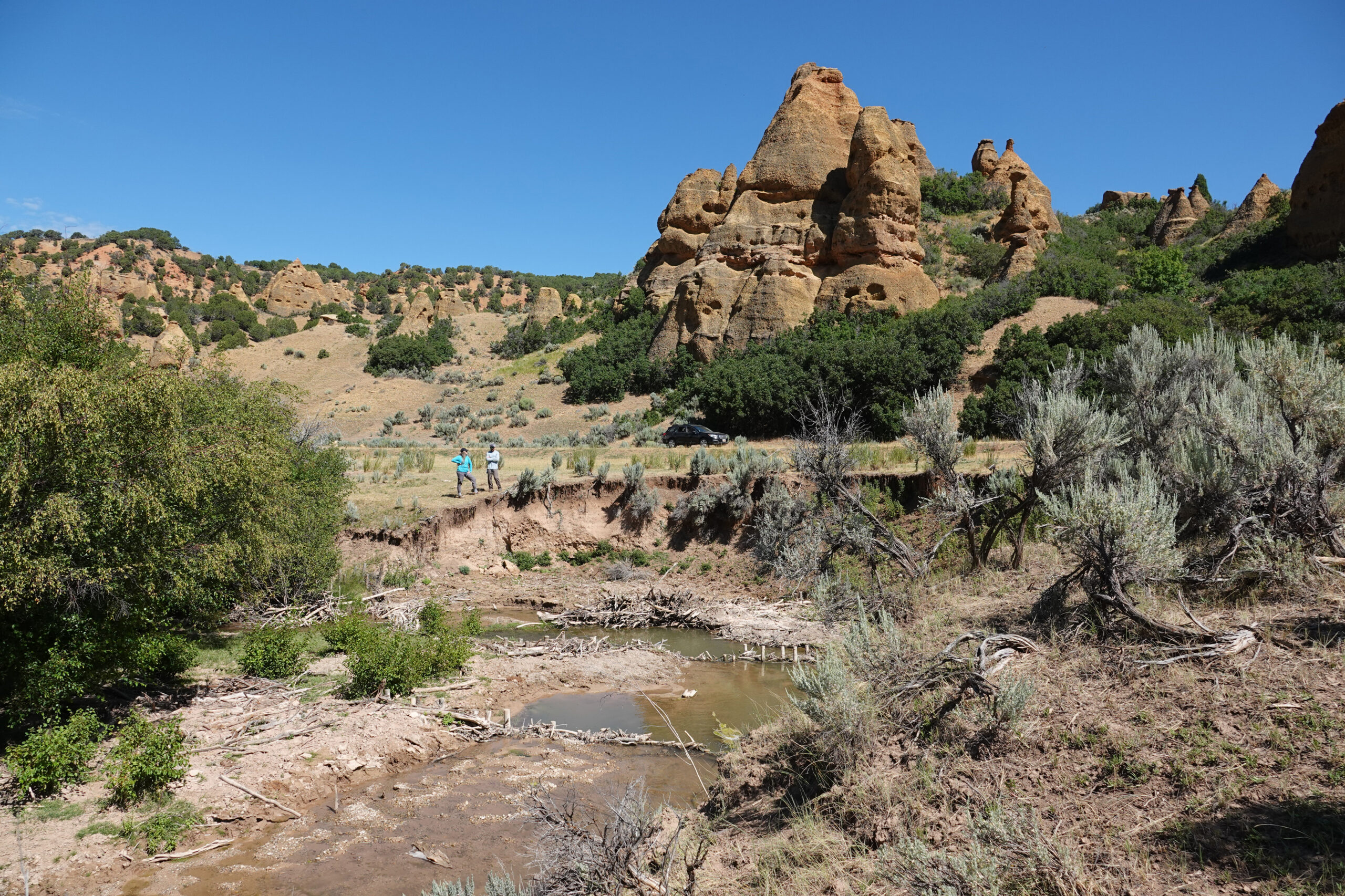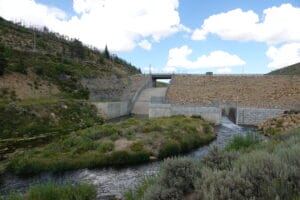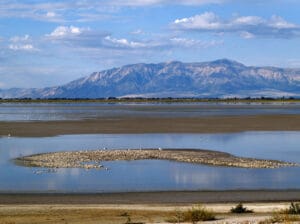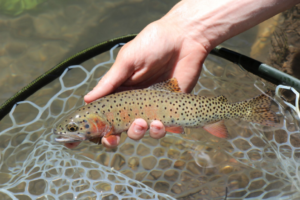Utah

Overview
Utah is home to four native cutthroat trout species—Bonneville, Colorado River, Yellowstone, and Bear River—and some of the best and most varied landscapes in the West, from mountains to high plains. Two drought-stricken watersheds play an outsize role in water decisions in Utah: the Great Salt Lake in the north and the Colorado River Basin to the south. Trout Unlimited is working across the state to mitigate the increasing demands on some of the West’s most valuable waterways, including the Weber, the Price, the Bear, and the Green. Partnering with landowners, water rights holders, and local tribes, we are advancing conservation projects that benefit rivers, wild fish, and communities. With 40+ projects underway, leveraging $24 million in federal funding, we are making an impact in Utah.
Threats & Opportunities
Unsustainable water use and drought have led to a decades-long decline in the Great Salt Lake’s volume and critical water supply issues in the Colorado River Basin. This gives us the opportunity to work with the Utah state government, partner organizations, water rights holders, and corporate allies to reduce state consumptive use and mitigate the impacts of the historic drought on river systems, fisheries, and Utah communities.
How We Work
Reconnection
We are working to reconnect rivers and streams to help clear the way for Utah’s native cutthroat trout. On the Bear River, we are opening up more than 10 miles of North Eden Creek by replacing a culvert with a bridge that will allow spawning fish to move into the creek from Bear Lake. By upgrading an irrigation system, we are restoring stream flows on the lower mile and a half of the river. We are reconnecting more than 20 miles of the Blacksmith Fork, including the blue-ribbon trout fishery in the canyon, by rebuilding an irrigation diversion.
Restoration
We are restoring stream function on rivers like the Weber, which is helping wild fisheries and storing water for when it’s needed most. More than 2,000 man-made beaver dams will be installed on nine miles of the Upper Weber over the coming years.
Wild Trout Recovery
We are reconnecting side channels and floodplains on Blackner’s Bend on the Weber River to improve water quality, ensure free passage for Bonneville cutthroat trout, and provide habitat for larval bluehead sucker, a native species of concern in Utah whose population is in decline.
Dam Removal
On the Price River, we have played an important role in reopening and restoring a seven-mile stretch near the town of Helper. With the removal of the largest dam, the Gigliotti Dam, the river is open to both fish and recreational floats in a town transitioning away from mining.
How You Can Help
Learn more about how you can help us recover Utah’s Priority Waters.
VOLUNTEERStay up to date about what we’re doing in Utah and across the West.
Utah Conservation Team
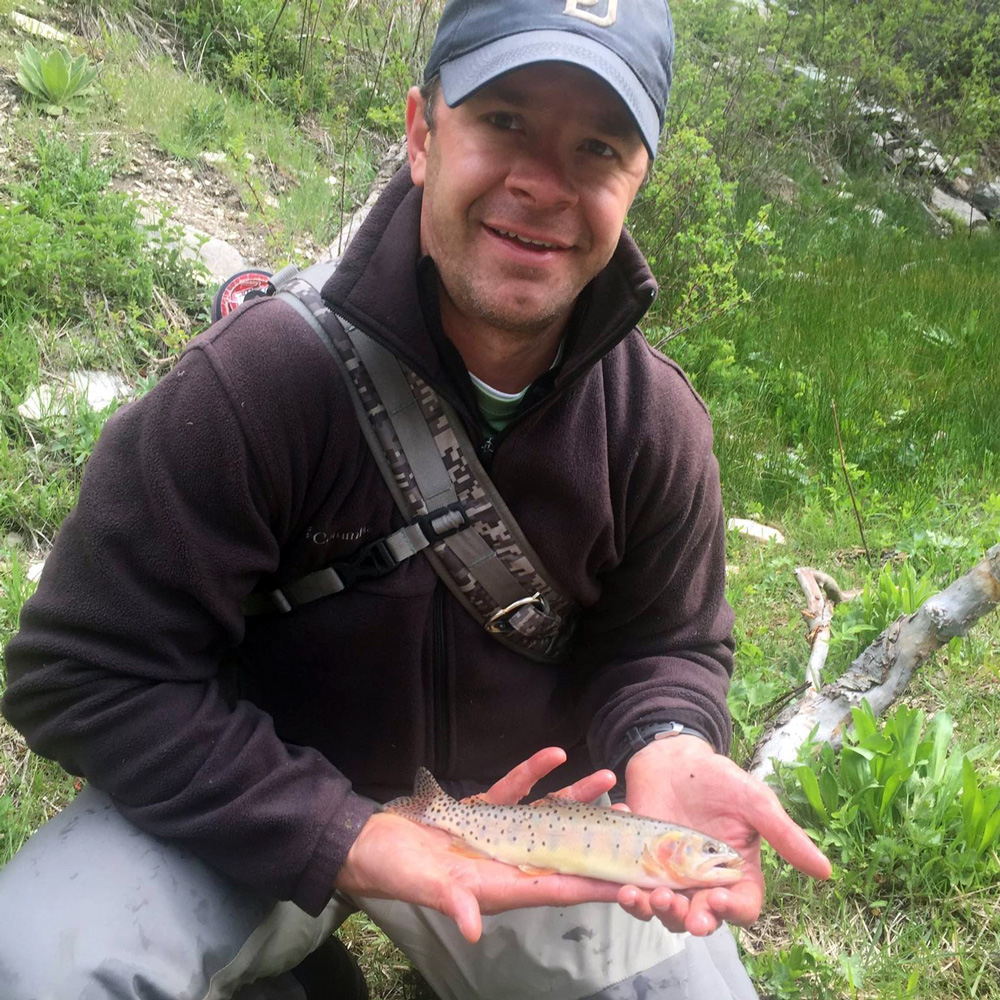
Jordan Nielson
Utah State Director
jordan.nielson@tu.org
Utah State Director
jordan.nielson@tu.org
Priority Waters

-
Weber River
The Weber rises out of various lakes in the northeastern Uinta Mountains, stretching 125 miles before making it to the Great Salt Lake. Trout Unlimited’s many projects and relationships with water rights holders along the watershed are having an impact on this critical tributary to the lake.
-
Bear River
Running over 500 miles across three states, the Bear is the largest tributary to the Great Salt Lake and the longest river in North America that does not flow to the sea. The Bear is relied upon for energy production, agriculture, and outdoor recreation, and our projects aim to balance these competing demands as we improve fish passage and restore habitat for the river’s rebounding native trout.
-
Price River
The Price runs through Helper and Price and offers multiple access points for those looking to fish, float, and have fun. For years, TU has been working to remove infrastructure that impedes fish passage on this river and to restore the Price to a free-flowing system. Through a System Conservation Pilot Project, we are working to secure in-flow leases from private water rights holders, keeping more water in the river at key times.
-
Provo River
The Provo River offers more than 15 miles of angling access, prolific hatches, stunning views of Mount Timpanogos, and rich populations of brown and rainbow trout. On the Provo, we worked with state agencies, conservation partners, and Facebook to keep more water in the river and address low flows that threaten wild trout populations during the hottest months of the year.
-
Duchesne River
The mainstem Duchesne River, along with its West and North forks, provides more than 80 miles of water known for its native populations of Colorado River cutthroat trout. A tributary of the Green River, the Duchesne runs through Ashley National Forest and is a recreational destination.
-
Fremont River
The Fremont River is a 95-mile-long river in southeastern Utah that flows from the Johnson Valley Reservoir through Capitol Reef National Park to the Muddy Creek near Hanksville, where the two rivers combine to form the Dirty Devil River, a tributary of the Colorado River.
-
Green River / Flaming Gorge
People travel to Flaming Gorge to fish for record-breaking trout and kokanee salmon. The Flaming Gorge Dam was completed in 1963, and in the decades since, the reservoir has developed a storied history of wildlife management paired with record-setting catches.
-
Huntington Creek
A tributary of the San Rafael River, it rises on the Wasatch Plateau in the Manti-La Sal National Forest and flows down to the floor of Castle Valley in Emery County.
-
Logan River and Blacksmith Fork
The Logan River offers vast swaths of access, inordinate insect hatches, and a fantastic fly-fishing ambiance for brown, rainbow, cutthroat, and brook trout.
-
Mill Creek
Named after its historic industrial use as a power source for lumber, flour, and sugar mills, Mill Creek today is drawn upon for agricultural uses and is a popular recreational destination in its own right. Nestled in the mountains east of Salt Lake City, the creek harbors Bonneville cutthroat trout.
-
North Slope Uinta Lakes
The Uinta Mountains offer lakes holding a variety of fish species, including brook, cutthroat, tiger, grayling, rainbow, and brown trout, from 7,000 feet to just over 13,000 feet.
-
Ogden River
Running northeast of Huntsville, this blue-ribbon fishery about 20 miles from Ogden is home to native Bonneville cutthroat trout. A shallow river, it is often surrounded by dense vegetation and a healthy moose population. The South Fork of the Ogden is also one of the few streams in the state with a salmonfly hatch.
-
Bear Lake
The second-largest natural freshwater lake in Utah, Bear Lake straddles the state lines of Utah and Idaho. Cutthroat trout in the lake spawn in tributary streams, but irrigation diversions have historically presented fish passage barriers. After screening irrigation diversions, installing fish ladders, and improving habitat, we have seen a marked increase in wild cutthroats in the lake.

